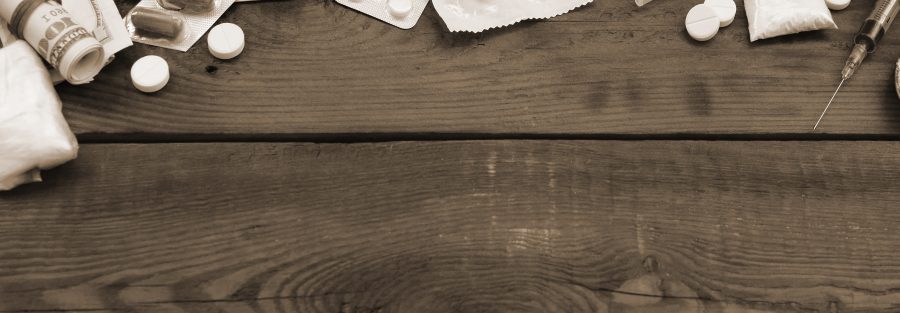Addiction is a chronic and relapsing illness that requires holistic treatment for long-term recovery. Relapse is common in addiction recovery, but it does not mean failure or the end of the journey.
Relapse prevention is a critical element of addiction treatment, and it involves identifying the stages of relapse to prevent them from escalating into full-blown relapse. In this article, we will explore the stages of relapse and how to prevent them through holistic addiction treatment.
Stage 1: Emotional Relapse
The first stage of relapse is emotional relapse, which involves a person’s emotional state rather than behavior. In this stage, the person may not consciously think about using drugs or alcohol, but they may experience negative emotions such as anxiety, anger, and depression that can trigger cravings. The signs of emotional relapse include:
– Irritability
– Mood swings
– Restlessness
– Isolation
– Poor self-care
It is essential to address the underlying emotional issues that can trigger cravings to prevent emotional relapse. Holistic treatment for addiction involves therapies such as mindfulness, meditation, and yoga that can help a person manage their emotions and improve their mental health.
Stage 2: Mental Relapse
The second stage of relapse is mental relapse, which involves a person’s thoughts and cravings about using drugs or alcohol. In this stage, the person may start romanticizing their past drug or alcohol use and experience internal conflicts between their desire to use and their commitment to sobriety. The signs of mental relapse include:
– Cravings
– Thinking about people, places, or things associated with drug or alcohol use
– Lying or hiding the truth
– Minimizing the consequences of using drugs or alcohol
– Fantasizing about using drugs or alcohol
To prevent mental relapse, it is essential to recognize the signs and triggers of cravings and adopt coping strategies to manage them. Holistic addiction treatment involves cognitive-behavioral therapy, motivational interviewing, and peer support groups to help people change their negative thought patterns and build healthy coping skills.
Stage 3: Physical Relapse
The third stage of relapse is physical relapse, which involves a person’s behavior of using drugs or alcohol. In this stage, the person may have lost self-control and engaged in impulsive and risky behavior, leading to drug or alcohol use. The signs of physical relapse include:
– Obtaining drugs or alcohol
– Using drugs or alcohol
– Feeling guilty or ashamed after using drugs or alcohol
– Rationalizing drug or alcohol use
To prevent physical relapse, a relapse prevention plan is essential, including strategies for managing triggers and cravings, coping with stress, and seeking support from loved ones and professionals. Holistic treatment for addiction involves developing a personalized relapse prevention plan that addresses a person’s physical, emotional, mental, and spiritual needs.
Conclusion
Relapse is a common and expected part of addiction recovery, but it can be prevented through holistic treatment and relapse prevention strategies. By identifying the stages of relapse and addressing the underlying emotional, mental, and physical issues that can trigger drug or alcohol use, a person can build healthy coping skills and maintain sobriety.
Holistic treatment for addiction involves a comprehensive approach that integrates evidence-based therapies, alternative therapies, and peer support to address a person’s physical, emotional, mental, and spiritual needs. With the right support and resources, a person can overcome addiction and live a fulfilling and healthy life.
If you or a loved one is struggling with addiction, take the next step towards recovery with Next Step Medical Services. Our holistic treatment for addiction approach addresses all aspects of a person’s well-being, providing comprehensive care and support for long-term recovery. Contact us today to learn more about our services and schedule an appointment.



